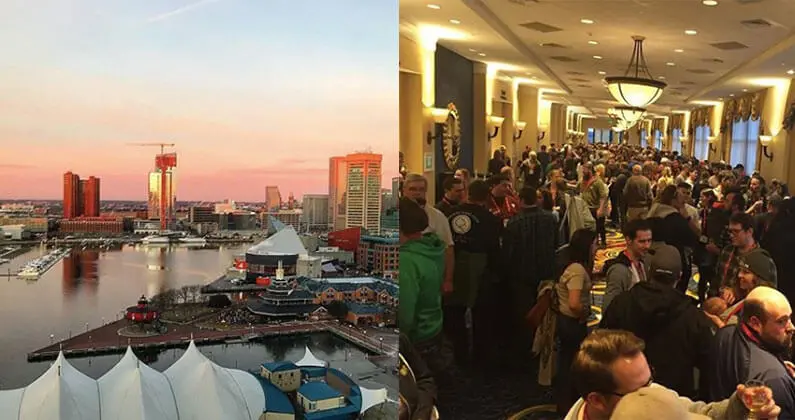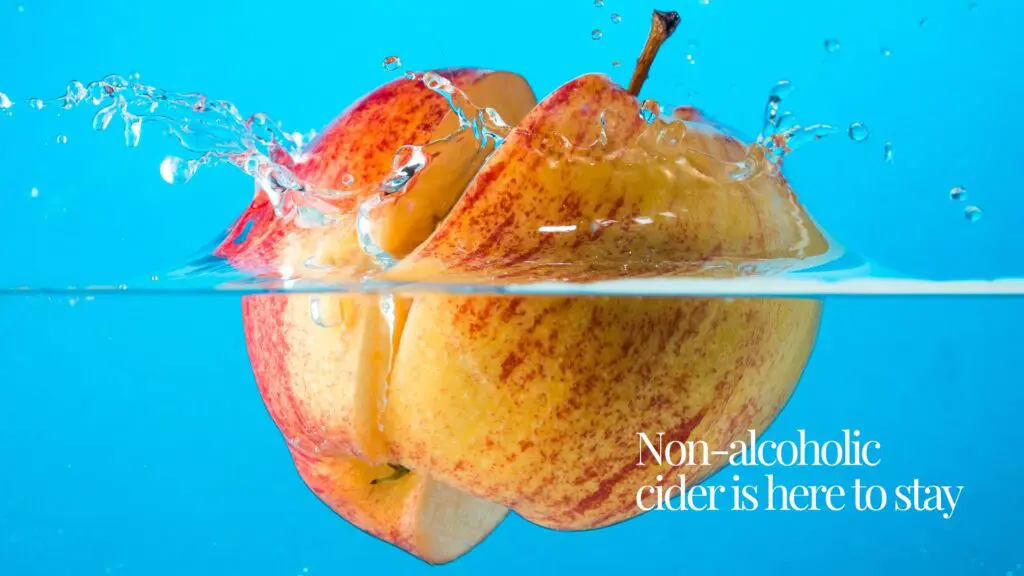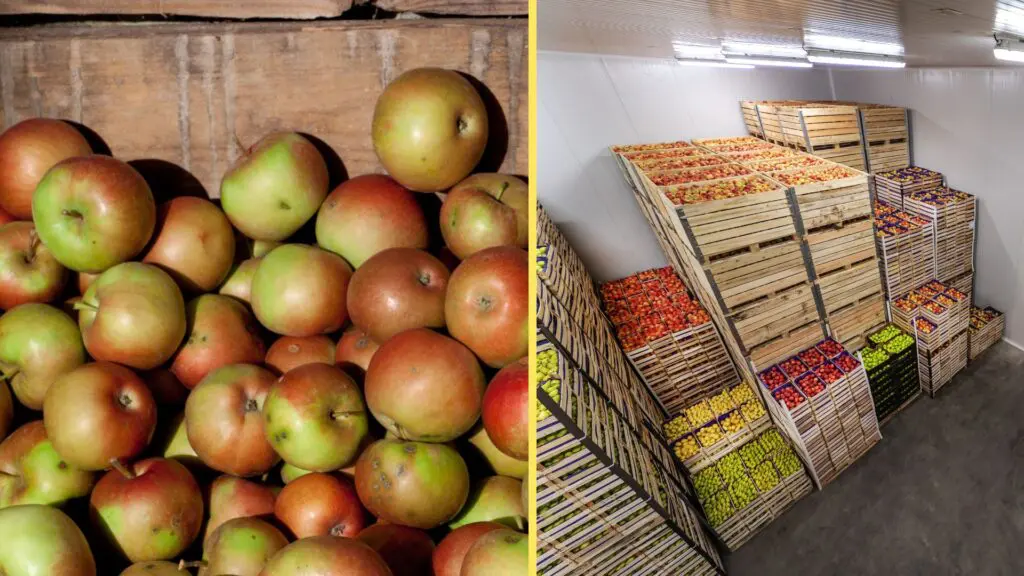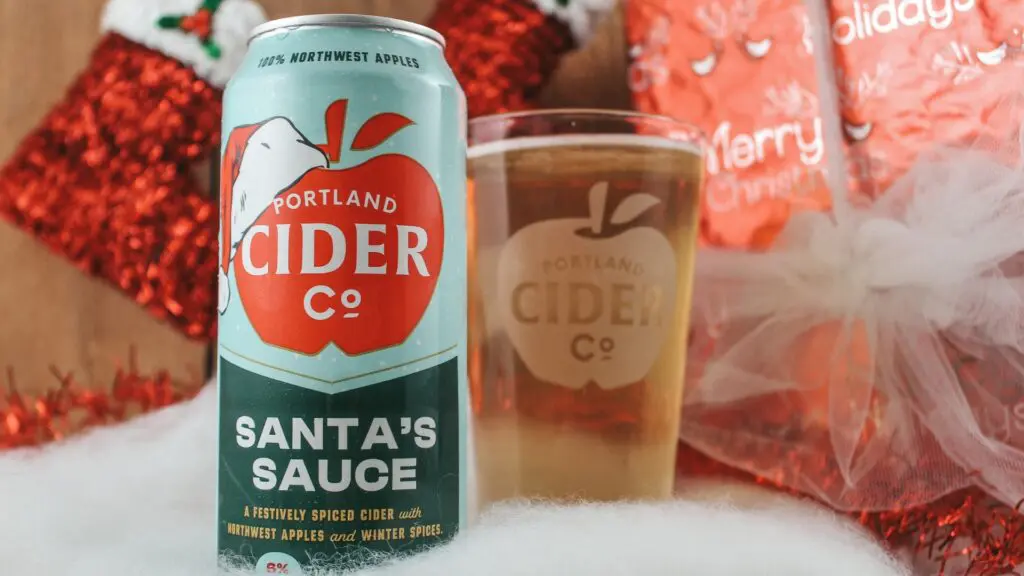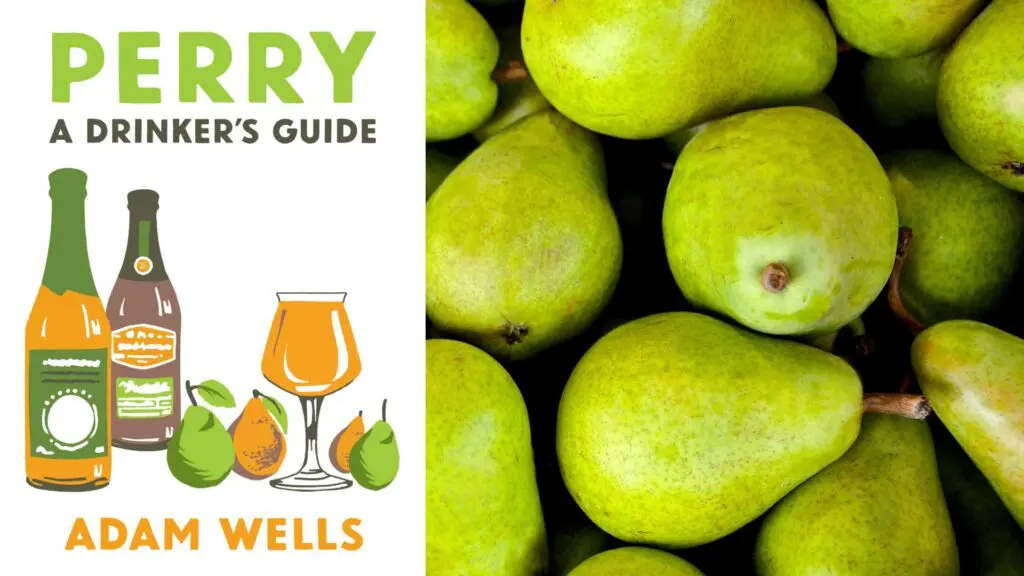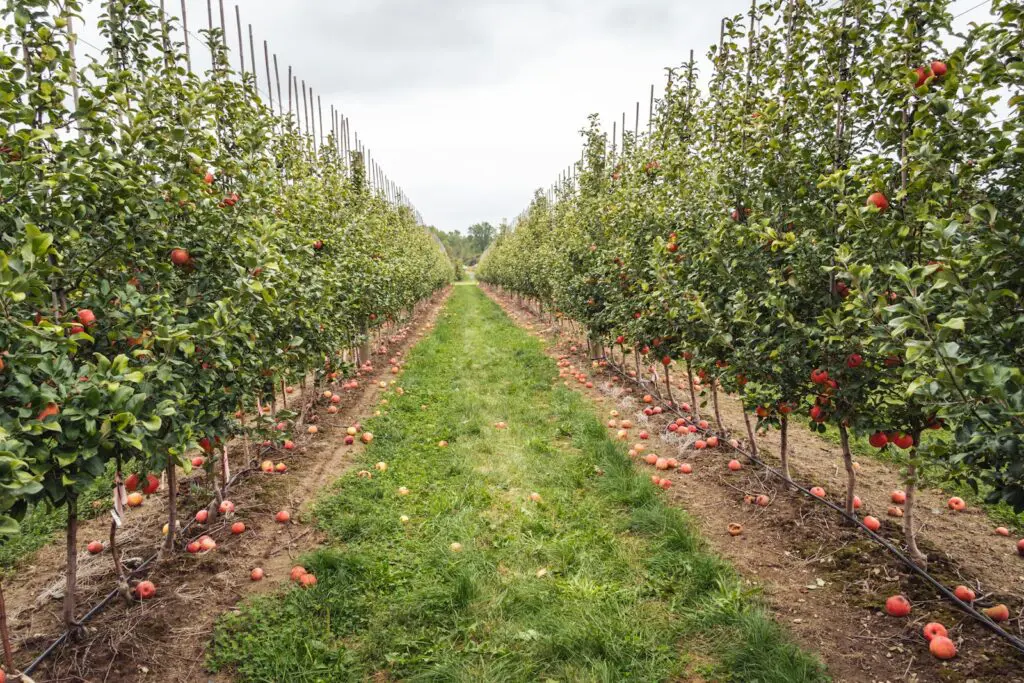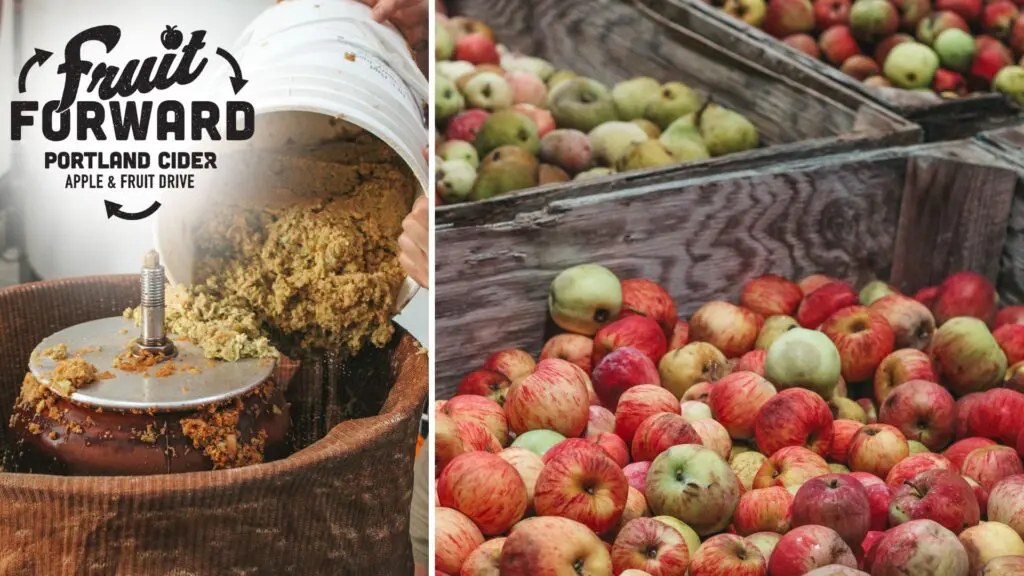The 2018 Cider Conference, held in Baltimore, Maryland, marked another year of robust attendance, with increased numbers compared to Chicago’s 2017 event. The annual conference, which is best known as CiderCon and wrapped up its eighth year on Friday, is held and hosted by the United States Association of Cider Makers (USACM) and welcomed both association members and media to the burgeoning food and drink city.
Before the general session opened on Thursday, Jan. 31, there were two days of lead up activities. On Tuesday, a limited number of attendees were taken on regional tours and Wednesday hosted the opportunity to train for Level One CCP accreditation, attracting a large room full of eager students and a well-rounded panel of teachers. The focus of the meeting was on highlighting upcoming changes to the program, emphasizing heritage ciders and the apples they come from. The new test, to be released Feb. 15, will be geared more toward frontline food servers and less towards producers and cidermakers. With that in mind, the creators of the test emphasized questions related to the new USACM Cider Style Guide.
Each CiderCon year brings out personalities who appear to be shining brightest in the industry in the current season, from Angry Orchard’s Ryan Burk and his mission and ability to convert scores of millennials to the religion of properly made cider to British cider influencers Gabe Cook and Tom Oliver, plus a 10th anniversary dinner for Eden Specialty Ciders.
On top of that, 41 states were represented, with New York, Virginia, Pennsylvania, Michigan, Maryland and California gathering the largest crews. Members from 12 countries attended, from Argentina and Austria to Estonia and Luxembourg, taking the final count to over 1,100 people in attendance, including 80 vendor representatives from the CiderCon trade show.
Leaders emerge at CiderCon, but so do buzz words. This year was all about the terroir, and the desire to promote “Heritage Cider” as common nomenclature and methodology. Sustainability, wild fermentation, Champagne method and marketing, marketing, marketing were also front and center.
By Friday, the cider community who had gathered in Baltimore was fatigued from the networking and bustle, and especially after the untimely loss of an attendee due to an accident, but the action kept on, albeit noticeably subdued out of respect. An overall highlight for many was the Grand Tasting featuring ciders coming all the way from New Zealand. For a lot of folks, their eyes were opened to an entirely unexplored culture and cider tradition, a key moment to remember.
In 2018 panelists achieved new levels in terms of quality content and delivery. USACM members are heading home greatly inspired and far more knowledgeable about production and business management. A ton of cider was shared, made by experts, beginners and everything in between, and for the first time, everyone didn’t seem compelled to insist that they only drink “dry” ciders. A few years in the making, scientific evidence and Nielsen data were shared as well — like how retail growth is highest in four- or six-pack cans and that 68 percent of cider in restaurants and bars is consumed on draft. Both proved that the cider trade will be going strong and evolving for many years to come.
One of our favorite stats: cider pushes forward with gender equality — the drink is sipped by 51 percent male and 49 percent consumers. Cheers to that!

